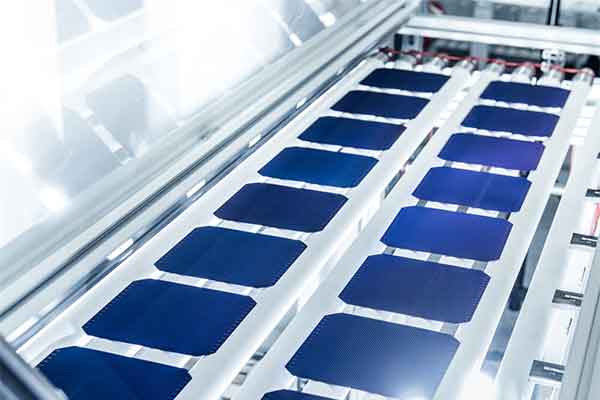NATIONAL GEOGRAPHIC: Could Solar Energy Be California’s Next Cash Crop?
Several years ago, Nick Rajkovich bought 1,200 acres in California’s Fresno County, planning to grow almonds for his family’s farming business. The ranch had a steady supply of water at the time. But that changed with the state’s latest, relentless drought: Federal water deliveries over the past three years dwindled to zero.
“Now the almonds are dead,” Rajkovich says; and with the land bone dry and no relief in sight, “The only thing we can farm is the sun. That’s why solar is the obvious choice for us.”
Rajkovich is one of many farmers in the Central Valley and elsewhere who are turning land over to solar developers, planting photovoltaic panels instead of crops.
California’s punishing drought is sparking fierce debates over water allotments for agriculture, and more than 500,000 acres will lie fallow this year. At the same time, the state is fighting climate change more aggressively than ever with a new law requiring half of all electricity to come from renewable sources like solar and wind by 2030.
DISCOVERY NEWS: Could Europe Be Powered by African Solar Energy?
For a long time, people looking for big fixes to climate change have been talking about building huge solar installations in North Africa, which gets a lot more sun than most of the places where solar power is big — Germany, for example. But now, it looks as if someone finally is doing it.
Next month in Ouarzazate, Morocco, the first portion of what eventually will be the world’s biggest concentrated solar power plant — called Noor I — is set to go online, according to the Guardian, a British newspaper.
Eventually, when the entire $10 billion complex, which is being financed with assistance from the World Bank and European Union, is completed in 2020, it will generate 580 megawatts of electricity, enough to provide a big portion of Morocco’s energy needs while still leaving plenty of juice for export. The complex could prevent 700,000 tons of carbon dioxide from being spewed into the atmosphere each year.
DIGITAL TRENDS: Transparent solar cells are here, but they wont see the light of day for years
Imagine a world where every pane of glass on the planet – from the screen on your smartphone to the windows on your house – was a solar panel capable of capturing energy. And not those blacked-out photovoltaic cells, either; we’re talking fully-transparent, crystal clear solar panels that look just like a piece of glass.
It sounds like the stuff of science fiction, but believe it or not, the technology that would enable this kind of thing already exists. California-based startup Ubiquitous Energy has developed a completely transparent solar panel that’s practically indistinguishable from your average pane of glass – it’s just a matter of scaling it up for production and making the tech available.
To find out how long we’ll have to wait until every building in the world is outfitted with power-generating window panes, we caught up with Ubiquitous Energy’s CEO and co-founder Miles Barr.
COMPUTER WORLD: My big fat rooftop solar installation
After writing about solar power for more than year, I figured it was time to pull the trigger and get rooftop panels installed on my home, a 2,200-square-foot ranch-style house. While I’m only the second homeowner on my street to do so, more and more houses and buildings in my community are adopting solar, and for good reason: solar panels can markedly lower or nearly eliminate your electricity bills, depending on the system.
After deciding I wanted to go solar, the next quandary I faced was whether I wanted panels on my roof, or would buy into a community solar farm. Community solar farms parse out clean energy to a group of shareholders. Basically, you’re leasing a certain number of panels in that farm that will provide power to your home through the power grid.
While it sounds all 1960s granola, community solar farms have emerged as a fast-growing solar energy source in the U.S.
















Comments